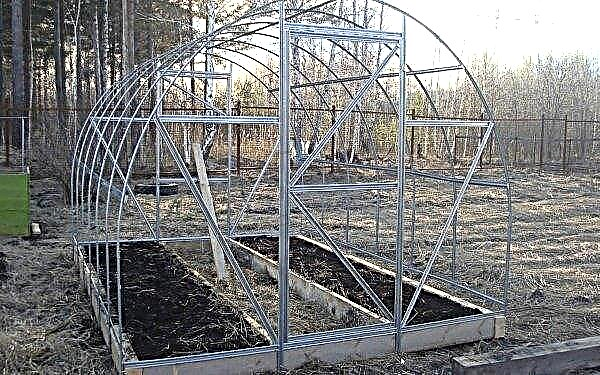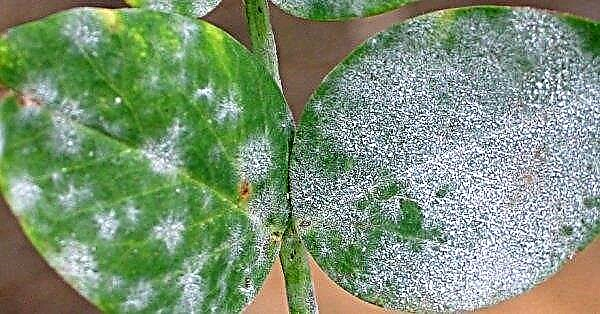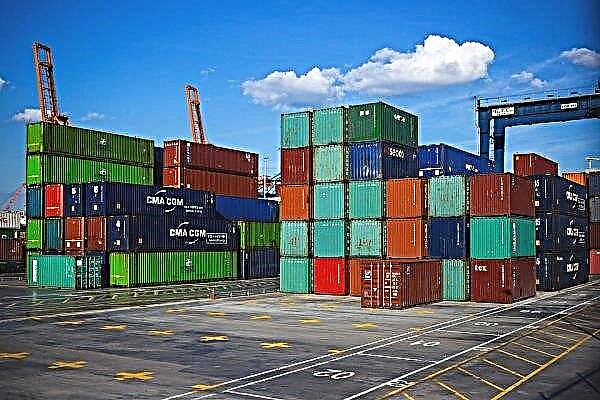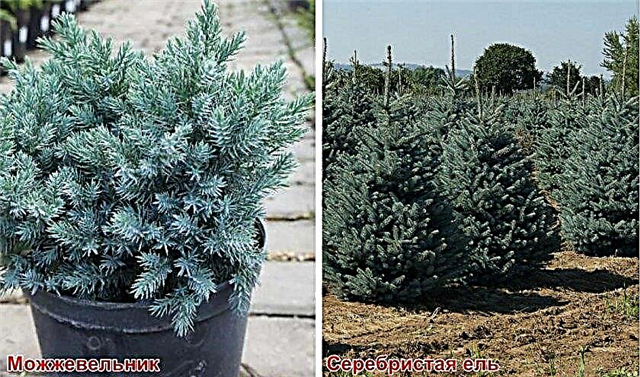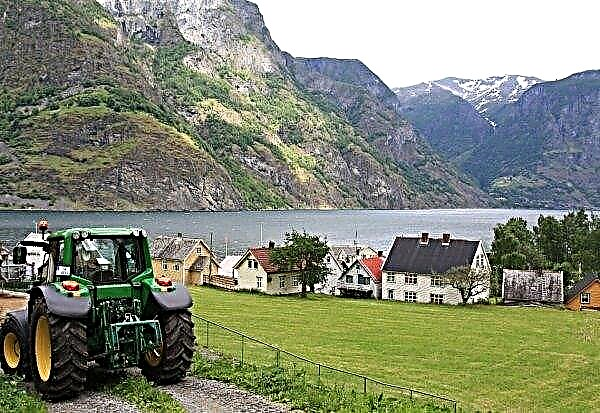Many in the country have a veranda, which is used for relaxation, and can also be used as an additional living space. To glaze the structure, use polycarbonate, which has many advantages. This article will discuss the stages of installation, as well as features of the choice of material.
Advantages and disadvantages of polycarbonate for glazing a veranda
Taking into account the fact that the design of the veranda implies a large glazing area, the choice of materials must be approached with particular responsibility. Use not only quality options, but also those that combine well with each other.
- The advantages of polycarbonate for glazing a veranda include:
- ease of installation. Sheets are cut and drilled (2 × 6 m) using tools that are available in almost every home. And the dimensions of the plates help close openings of a large area;
- long term of operation. Transparent plastic retains a presentable appearance for a quarter century;
- ease of care. For cleaning sheets, household chemicals are used in liquid form;
- high translucency. Material is second only to glass in terms of sharpness;
- aesthetic appeal;
- variety of colors and degree of transparency. You can choose matte, glossy, translucent or transparent sheets;
- flexibility. During installation, it is easy to give the material any configuration (spherical, rounded, etc.);
- high impact resistance, sound insulation, wear resistance, thermal insulation;
- fire safety. Polycarbonate can heat and melt, but does not burn;
- UV protection. However, it transmits infrared radiation, which is necessary for plants. Therefore, it is possible to create a winter garden on the veranda;
- safety, since it does not beat into small fragments;
- low cost.
- The disadvantages of polycarbonate (in the process of glazing the veranda) are as follows:
- the likelihood of acquiring low-quality products supplied to the Russian market;
- reduced abrasion resistance, so scratches easily occur on the surface of the material;
- air tightness. For this reason, the effect of a sauna may appear on the veranda if you do not equip the structure with ventilation.
Polycarbonate Type Selection
When you choose polycarbonate for glazing, pay attention to the technical characteristics of the material, as well as its appearance. If you decide to mount the roof, then you need to purchase sheets with a tinted film. The thickness of the plates should be 8 mm.
Important! When choosing polycarbonate, give preference to quality materials. The most famous and proven on the Russian market is the company "Polygal" (Israel).
Optimal colors - milky or brown. To insulate vertical glazing, it is recommended to use plates with a thickness of 10 mm. For protection of structures from precipitation and strong gusts of wind, materials with a parameter of 4 mm are suitable.
Color or transparent
Several polycarbonate options are available on the market: transparent, translucent and matte. The choice depends only on your imagination and the general style of the site. Transparent plates are ideal for those cases when you want to create panoramic glazing. This will allow you to enjoy the scenery at any time of the year. Matte material is characterized by reduced visibility, but does not refract rays. Therefore, the veranda will always be evenly lit by sunlight. To make a bright and unique design, color plates will do.
This will allow you to enjoy the scenery at any time of the year. Matte material is characterized by reduced visibility, but does not refract rays. Therefore, the veranda will always be evenly lit by sunlight. To make a bright and unique design, color plates will do.
Did you know? Monolithic polycarbonate was invented in 1955. It was mainly used for the production of military equipment and spacecraft.
Cell or monolithic
Many summer residents opt for monolithic polycarbonate, which gives the veranda great respectability. You can distinguish it from ordinary glass only with a detailed examination. With mechanical damage, the material does not break, but only visually deforms. There are monolithic polycarbonate sheets with different thicknesses. When choosing, build on the expected load, the prevailing weather in the region and the structural features. Do not use polycarbonate monolithic structure, the thickness of which is about 8 mm. It is considered fragile. Cellular material has less transparency. But this feature is blocked by the advantages of noise and heat insulation. In such sheets, there are air chambers between the cells, which provide low material weight. Cellular polycarbonate will be an ideal option for decorating buildings located near airports, highways and other noisy facilities.
Do not use polycarbonate monolithic structure, the thickness of which is about 8 mm. It is considered fragile. Cellular material has less transparency. But this feature is blocked by the advantages of noise and heat insulation. In such sheets, there are air chambers between the cells, which provide low material weight. Cellular polycarbonate will be an ideal option for decorating buildings located near airports, highways and other noisy facilities.
Did you know? Cellular polycarbonate was launched on the market in Israel in 1976. It was used in the production of greenhouses, which is why this country began to be called the "oasis in the desert."
Necessary materials and tools
Before glazing the annex, draw a plan of the structure and make an estimate. This will greatly facilitate the installation process.
From tools and materials you will need:
- Polycarbonate sheets.
- Guide rails if you plan to make sliding constructions.
- Hinges and frames for equipping window sashes.
- End slats.
- Clamping profiles.
- Electric jigsaw.
- Bulgarian.
- Sharp knife.
- Screwdriver.
- Sealants.

DIY step-by-step glazing instructions
Glazing the veranda with polycarbonate is a simple task. If you take into account all the basic rules, the process will take no more than two days. Try to follow the step by step instructions, and use only high-quality materials and tools. If everything is done correctly, then the design will serve you for many years.
Frame
Assembly of the base should begin with laying the beam of the base on the foundation. Pre-cover the concrete surface with waterproofing, which will protect the tree from decay under the influence of precipitation. When choosing a beam, give preference to glued options, characterized by endurance and durability. The optimal cross section is 15 × 15 cm.
Step-by-step technology is as follows:
- To the selected beam, you need to fix vertical posts, the cross section of which is 12 × 12 cm or 15 × 15 cm.
- Corner posts (4 pcs.) Are interconnected using horizontal beams, lifting them 1 m from the floor.
- To the horizontal bars, intermediate racks are mounted, observing a distance of 0.5 m from each other.
- The upper horizontal strapping is divided by the same verticals. The frequency of installation of the cross-beams is selected depending on the geometry of the panels. Since the sheets of plastic are large enough, divide them into small fragments for reasons of strength.
Important! If gaps have formed between the sheets at the bottom, they must be filled with sealant. Otherwise, condensation and moisture will accumulate, which will reduce the durability of polycarbonate.
Sheet mounting
Glazing the veranda must be correct so that the structure is strong and durable.
- Sheets are fastened together with screws.
- The mounting holes should be 2 mm larger than the screw. This is necessary, since the fasteners can become deformed and weaken under the influence of temperature changes.
- In the upper part, the slice is fixed with a special film, and in the lower part, a hole is made to allow water to drain.
- Polycarbonate sheets are attached to the frame using self-tapping screws. It is also recommended to use washers-gaskets that do not allow the material to heat up.

How to make windows open
Many summer residents prefer to make opening windows on the veranda, which not only improve the appearance of the structure. They do not inhibit the flow of air, which simplifies the process of ventilating the veranda. It is not difficult to construct such windows in the country, if you know the basic rules. Also, plan the installation locations in advance and prepare the necessary tools.
Sliding windows
Very often sliding windows are installed on the veranda, which will move and open along the guides. This saves space, but reduces the tightness of the structure.
The technology of work is as follows:
- Mount the frame on a fixed profile in the frame.
- Slide polycarbonate into the rails.
- Verify installation accuracy with a level.
- Attach the frame to the frame using anchors.
- Mount the window sill.
- Eliminate gaps with sealant (polyurethane foam).
- Remove any remaining foam.
- Set the slopes.
 You can make removable windows. If necessary, they can be replaced in the winter to keep warm in the house. So, now you know that the use of polycarbonate for glazing the veranda is the best option. The material has a large number of advantages, among which a low cost, durability and ease of installation. If all work is carried out according to all the rules and instructions, then the design will turn out to be visually attractive and will last for many years.
You can make removable windows. If necessary, they can be replaced in the winter to keep warm in the house. So, now you know that the use of polycarbonate for glazing the veranda is the best option. The material has a large number of advantages, among which a low cost, durability and ease of installation. If all work is carried out according to all the rules and instructions, then the design will turn out to be visually attractive and will last for many years.


